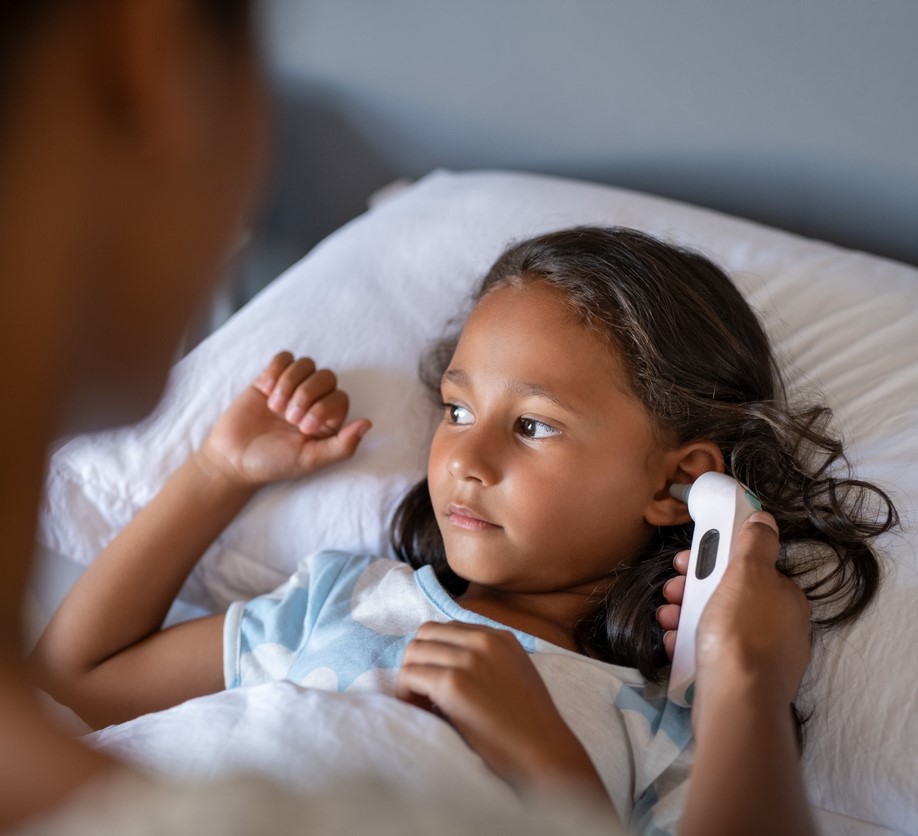The US Centers for Disease Control and Prevention (CDC) today recommended universal hepatitis B (HBV) screening for adults, spelling out the details and background behind its decision in the latest issue of Morbidity and Mortality Weekly Report.
The CDC said people with chronic hepatitis B infection are at increased risk for liver cancer and cirrhosis and are 70% to 85% more likely to die prematurely than uninfected people. It said about 580,000 to 2.4 million people have chronic HBV infection, two thirds of whom may not be aware of their infections.
Though the HBV vaccine is highly effective, about 70% of adults are unvaccinated. Treatments are available but aren't curative, but they can help reduce morbidity and mortality.
The updated screening recommendations call for all adults to be screened with three lab tests at least once during a lifetime. The CDC's recommendations also expand risk-based recommendations to include anyone who has had high-isk exposures, including people who are or were incarcerated, those with previous sexually transmitted disease, those with multiple sexual partners, and those with a history of hepatitis C infection.
The CDC said anyone who requests HBV screening should receive it, regardless of risk, because people may be reluctant to reveal risks that carry stigma.
 Fever and cough were more common among Canadian children infected with the SARS-CoV-2 Delta and Omicron variants than the original, wild-type virus and the Alpha variant, but rates of hospitalization and intensive care unit (ICU) admission stayed the same over time, finds a
Fever and cough were more common among Canadian children infected with the SARS-CoV-2 Delta and Omicron variants than the original, wild-type virus and the Alpha variant, but rates of hospitalization and intensive care unit (ICU) admission stayed the same over time, finds a 










